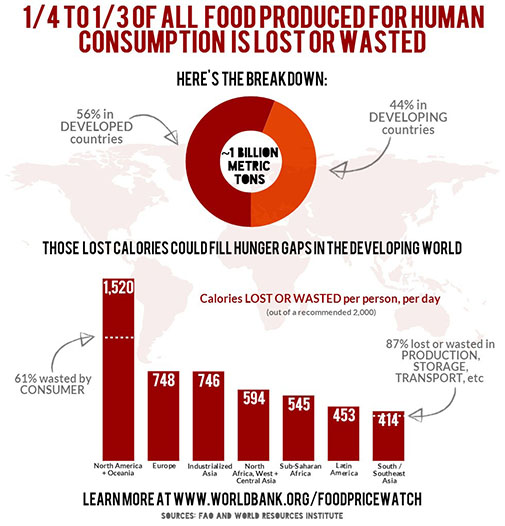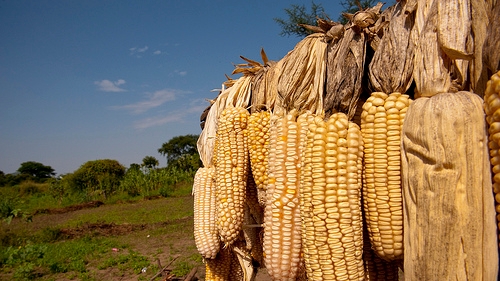Replay a live chat on food loss and waste with author José Cuesta
Prices of internationally traded food commodities continued to decline—by 3%—between October 2013 and January 2014, adding another quarter to previously observed price declines since the August 2012 historical high. Record harvests in wheat, maize and rice, increasing availability of supplies, and stronger global stocks have continued to drive down prices.
Yet, international prices are still not overly far from their historical peak. Upward pressures from weather concerns and increasing demand, and downward risks from the effects on export prices of an increasingly contested Thai rice procurement program continue to require close monitoring.
Domestic food prices show their typical large variations across countries, with stable prices among a number of regions and mixed trends in East and South Asia as a result of seasonal factors, procurement policies, and localized production shortfalls.
This issue of the Food Price Watch also explores food losses and food waste across the globe, using key estimates from the Food and Agriculture Organization and the World Resources Institute.




.jpg)